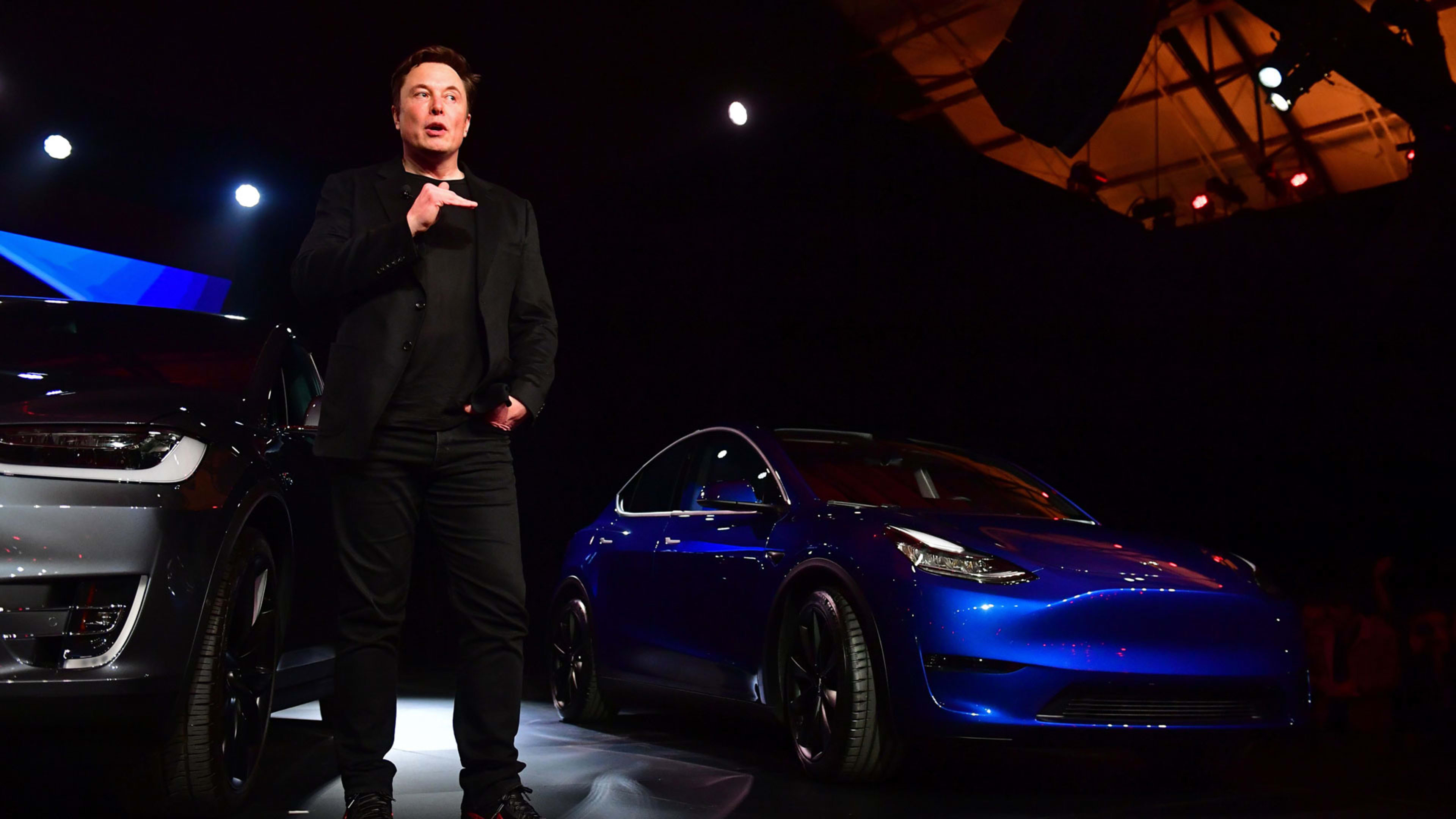The coolest car brand on earth continues to have a bumpy ride. Tesla reported in April that the company lost a whopping $702 million in the first quarter. Citing logistical difficulties that limited deliveries of the Model 3 to Europe and China, the company sold 31% fewer cars earlier this year, according to the New York Times.
In what Musk called the most challenging year in Tesla’s history, analysts have been hotly debating Tesla’s moves. But few have pointed out that Tesla’s most fundamental problem is cultural–it’s running a very loose organization in a famously tight industry.
How social norms shape our behavior
Social norms are the unwritten rules that govern our behavior. As we wrote in our research published in Science, the strength of these norms defines human groups. Tight groups have strong norms and little tolerance for deviant behavior, and they’re bound by strict rules and tradition.
Loose groups, on the other hand, have much weaker norms. They eschew rules, welcome new ideas, and generally embrace tolerance. Both tightness and looseness have positive and negative attributes in business. Tight cultures have a comforting order and predictability, but they’re less creative and adaptable. Loose cultures also tend to be highly creative and open to change–but they’re also much more disorderly.
This trade-off is particularly relevant to companies that must simultaneously master creativity and implementation. That’s why successful innovation requires both tightness and looseness. But companies like Tesla struggle with this balance. Looseness without discipline can result in unfulfilled (yet often great) ideas. But tightness without latitude adds up to excellent execution of boring products. The challenge for these brands is to find what’s often called a “Goldilocks mean”–something that’s not too loose and not too tight.
Tesla’s disruptive culture
From the beginning, Tesla billed itself as a highly loose tech startup. It wanted to revolutionize auto-making–and have fun along the way. Musk’s creative passion lies in building a one-of-a-kind vehicle. To be fair, this is the least we’d expect from a man who is working to develop hyperloop transportation and colonize Mars.
Musk invites employees to be as imaginative as possible. Cultivating a loose cultural environment has no doubt given Tesla a disruptive edge in the auto market. But at this stage in its development, Tesla sorely needs tightness to support manufacturing efficiency and quality.
“You can’t rely on people in the production line itself. Otherwise, you’ll automatically drop to people speed,” said Musk in a 2016 conference call, who filled his factories with a robot army that would hyper-automate the homestretch of Tesla’s assembly process. The approach was highly innovative, but the expensive, complex system of robotic led to major inefficiencies.
Tesla ultimately shuttered the operation. “One of the biggest mistakes we made was trying to automate things that are super easy for a person to do, but super hard for a robot to do,” Musk admitted in a 2018 shareholder meeting. Tesla had ramped up its assembly line with humans. These hires, however, have been rushed through three days of training, when most auto plants spend weeks onboarding workers.
The Goldilocks principle: organizations need to balance tight and loose culture
Many organizations today are in dire need of balancing tight and loose culture. They need to be adaptive to changes and innovate, but they need to have the tight-coordination to deliver high-quality products.
The idea isn’t for companies to “remake” themselves, but aim for a balance of loose and tight cultures. Loose organizations can take practical steps to introduce more tightness into their organizations–what we call structured looseness. They can introduce standardized rules across company practices (such as benchmarking long-term versus short-term goals, and adding a comprehensive onboarding program).
Tesla, for example, should incorporate tightness by embracing organizational norms that have helped Toyota and other leading brands produce quality vehicles at a massive scale. Leaders like Musk need to incentivize employees to showcase discipline, efficiency, and dependability–whether that be through public recognition, promotions, or pay raises. They can also centralize information systems. Above all, the company needs to monitor behaviors and articulate the importance of following through on rules and norms.
Tight organizations, like Toyota, meanwhile, can embrace more flexibility–what we call flexible tightness. By doing so, they can achieve a more balanced cultural state that staves off excessive rigidity or disarray. They can simultaneously channel their teams’ creativity and usher in the strong norms required for successful implementation. They can reduce the number of non-essential regulations (dress codes, communication, meetings, etc.) that guide employees’ behavior, and they embrace (or at least tolerate) nonconformity. They can give employees more voice and encourage cross-level communication.
Above all, great companies must also hire leaders that excel at a balance of tight and loose culture. These leaders recognize even the most innovative and creative workplaces need structure to deliver results, and that the most repetitive and standardized workplaces need freedom.
Michele Gelfand is a distinguished professor at University of Maryland, College Park, and the author of Rule Makers, Rule Breakers: How Tight And Loose Cultures Wire Our World. Virginia Choi is a doctoral student in social and organizational psychology at the University of Maryland, College Park. Piotr Prokopowicz is an Assistant Professor at the Jagiellonian University where he researches culture and innovation.
Recognize your brand’s excellence by applying to this year’s Brands That Matter Awards before the early-rate deadline, May 3.
